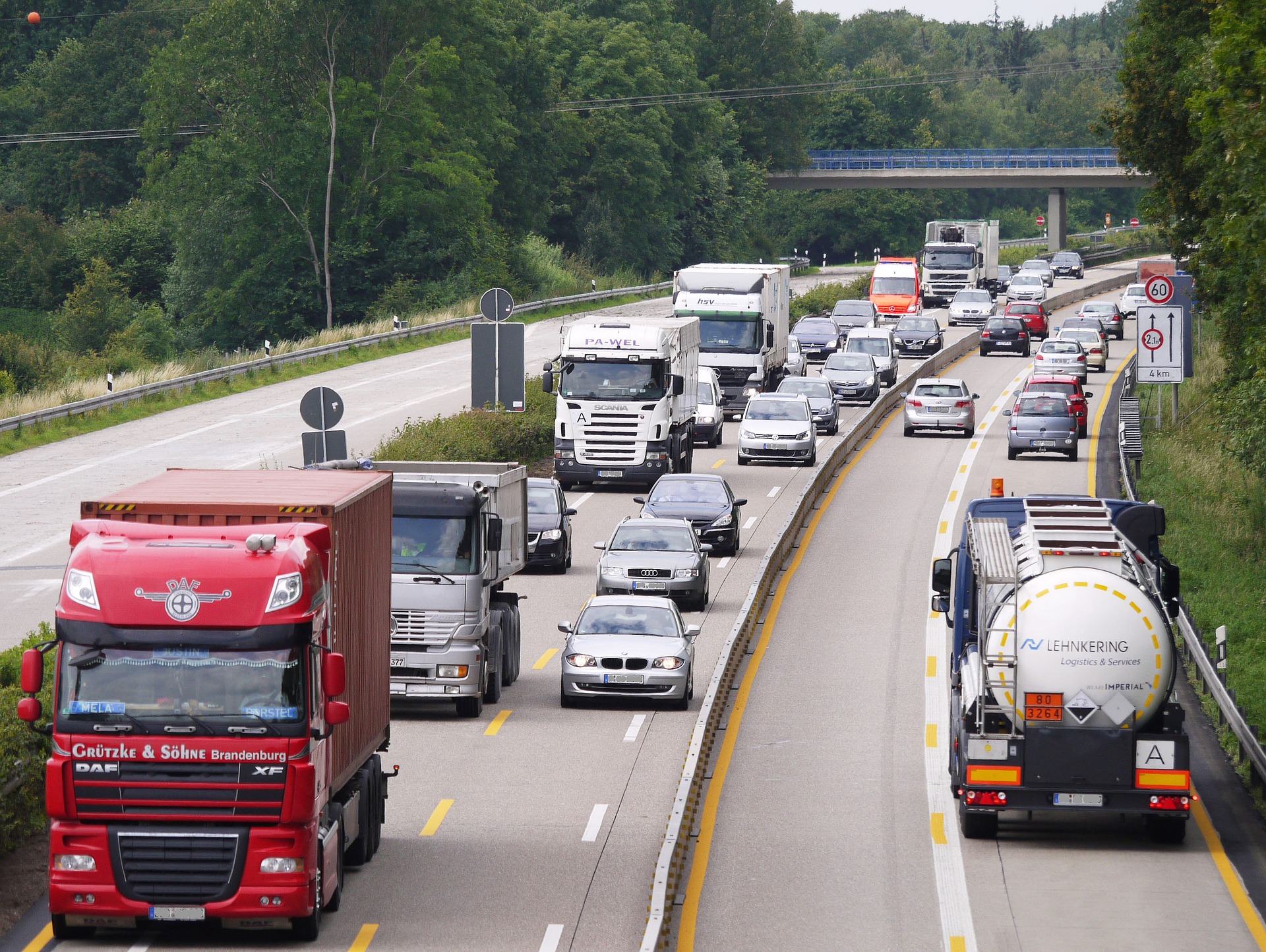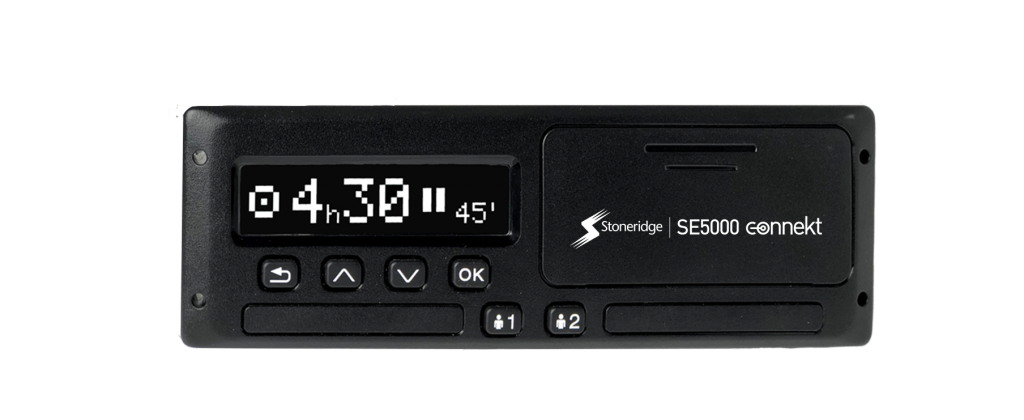Smart Tachographs: Is your company prepared for the change?
Smart tachographs will represent a huge change in the haulage industry, with the introduction of these bringing about the biggest change in tachograph regulation in 13 years. All new vehicles will be required to be fitted with a smart tachograph after June this year, so what does this mean for the transport industry and how can you adapt to this change?
The digital tachographs we all know and use feature an electronic storage device and the ability to host a personal digital driver card, which allows each driver to track their own driving data wherever they go and no matter what tachograph they use. The main function of the tachograph is to track data surrounding driving time, to ensure that employers and drivers are staying compliant with Drivers’ Hours Regulations. The smart tachograph will be able to do this, and more, adhering to the Annex 1C legislation.
Annex 1C (EU 2016/799) was a result of The European Commission working to make the manipulation of tachograph data harder, while also reducing administrative tasks and making control of the system more efficient. Annex 1C was approved in June 2016, creating the first steps towards mandatory use of smart tachographs. This will apply to all new haulage and commercial transport vehicles being put into service after the 15 June 2019 deadline, however, existing vehicles will reportedly have until 2024 to introduce smart tachographs. It’s a big change for drivers and fleets, but one that will aim to reduce the transport industry’s administrative burdens, as well as spur a reduction in data tampering and manipulation.

Why do we need smart tachographs?
In 2017, the DVSA issued £1.4m worth of fines in the UK due to 6,637 penalties from drivers or operators guilty of manipulating drivers’ hours or tachograph rules, with a total of 12 people being sent to prison and 30 given suspended sentences. Fraud is something The European Commission is keen to tackle, and smart tachographs will be able to help them do that by location tracking and the use of remote communication.
A GNSS (Global Navigation Satellite System) module will be in each smart tachograph, allowing for automatic location recording. A driver’s location will be recorded at the start and the end of the journey, with an update being recorded every three hours during the drive. A DSRC interface (Dedicated Short Range Communication) will also be used by enforcement officers, who will be able to use a short-range radio device to check certain tachograph data without the need to stop the vehicle; keeping lawful drivers on the road, with no time wasted, but allowing enforcement officers to detect potential offences easily. However, no sensitive or private data about the driver or the vehicle will be transmitted, as outlined in the regulation document.
New information, like GNSS data, will be recorded with the new tachographs, as will improvements to ferry mode and recording of events and faults. However, the data gathered by the smart tachographs will still need to be downloaded at regular intervals, stored and analysed, and transport operators will need to ensure that their tools will be able to cooperate with the new data set. If your tools aren’t suitable, they will need to be replaced — Stoneridge offer download tools and tachograph analysis software that will be compatible with the new data set; remote download tools (like digiDL), OPTAC download tool, Tacho Link dongle, Tacho Center app and OPTAC3 Web Tachograph Analysis software. OPTAC3 is the trusted tachograph analysis solution for some of Europe’s leading transport and logistics companies, aiming to keep drivers legal and compliant while keeping the working day hassle-free, efficient as well as saving precious time and money.
What changes need to be made for the new smart tachographs?
Some things will still stay the same, fleets and drivers across Europe will still need to comply with the Drivers’ Hours Legislation and Working Time Directive and the current driver cards will work in smart tachographs, but will only record the driving data set that applies to current legislation. They can be legally used in a digital tachograph, but if your driver card needs to be replaced after June 2019 you will receive a new driver card as eventually all current driver cards will be phased out and replaced with a card that will record all of the new data, as mentioned above.
However, the regulation has changed and changes will come accordingly. Victoria Tramma, Marketing Manager at Stoneridge, commented: “The legislation has changed again but Stoneridge continues to be there for the millions of drivers and fleets throughout Europe. We want to make sure all our customers understand the new requirements, what it means to them and how they can start preparing now.”
Stoneridge’s own fully type approved smart tachograph, the SE5000 Connekt, is now available. This is compliant with the new legislation and will help fleets and drivers comply with Drivers Hours’ Legislation and Working Time Directive, providing the GNSS receiver and full DSRC support, as well as easy to use app support and cluster integration for driver decision support information. We have taken our process one calculated step at a time, focusing on delivering an improved interface and an excellently fit-for-purpose product, creating a premium smart tachograph and ensuring Stoneridge will be easing you through the transition period.
Marianne Frogner, Vice President Tachograph Systems at Stoneridge, commented: “This is the culmination of years of hard work to bring to the market a tachograph that’s not just in line with this new legislation, but also designed around the needs of the customer through its user-friendly interface and enhanced usability.”
If you need any support leading up to, or during, the smart tachograph transition, get in touch with us for information, help with training or if you require a particular tool or product. Alternatively, you can head onto the Smart Tachograph 2019 page on our website to find out how Stoneridge can help drivers, fleets and workshops excel when the new legislation comes into effect.

